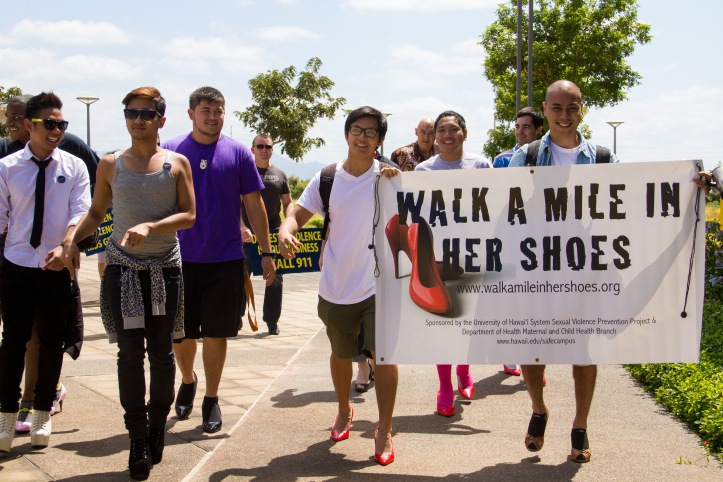
“Can I see anothers woe,
And not be in sorrow too.
Can I see anothers grief,
And not seek for kind relief.– On Anothers Sorrow”
― Songs of Innocence and of Experience
What is Empathy?
Empathy is the ability to put oneself into the world of another, in both a thinking and feeling way, as far as that is possible. It is really trying to understand how that other person sees and experiences the world.
There is a difference between empathy and sympathy or compassion. Sympathy is feeling affected by and sorry for someone’s situation. Compassion is feeling caring concern towards them and their plight and wanting to offer help. Empathy is a more total experience of someone else’s perspective, an intense attunement, putting oneself in another person’s shoes.
Empathy has been thought of as a natural aspect of most people’s personality, a fundamental, innate part of us that enables us to relate to and socialise with others. However, some recent research has indicated that it is mostly a learnt quality, influenced by upbringing and environmental factors.
This, and other research projects now mean that scientists can actually witness the areas of the brain involved with empathy:
With the technological advances of the 21st century, studies began using functional magnetic resonance imaging (fMRI) to research empathy, frequently using empathy for pain as their experimental paradigm. Two seminal studies (Decety and Jackson,2004; Singer et al., 2004) simultaneously posited that a specific set of regions of the ‘pain matrix’(specifically the anterior cingulate cortex [ACC] and anterior insula [AI]) are activated both by experiencing pain and by watching others experience pain.

Image:Flickr. The City Project.
Science has revealed that there are neurological indications that can be detected when a person is feeling empathy:
Whether it’s watching a friend get a paper cut or staring at a photo of a child refugee, observing someone else’s suffering can evoke a deep sense of distress and sadness — almost as if it’s happening to us. In the past, this might have been explained simply as empathy, the ability to experience the feelings of others, but over the last 20 years, neuroscientists have been able to pinpoint some of the specific regions of the brain responsible for this sense of interconnectedness.
Why does Empathy matter? What are its effects in Psychotherapy?
Being understood is in itself a highly therapeutic experience; feeling that another has really ‘heard’ you and comprehended both the thoughts and feelings that you have expressed can only improve one’s state of mind.
Many well-known psychotherapists have underlined the crucial importance of empathy as a core skill:
“…deep understanding is, I believe, the most precious gift one can give to another.”
(Carl Rogers.)
“Empathy is the capacity to think and feel oneself into the inner life of another person.“
“The empathic understanding of the experience of other human beings is as basic an endowment of man as his vision, hearing, touch, taste and smell”
People often feel better after one or two sessions of therapy; this is most likely because of the fact that they have felt really heard. This is frequently an enormous relief, a new and freeing experience for many people, who might never have felt such care and attentiveness from another.
Obviously, empathy alone is not enough to bring about real lasting change; there are many other therapeutic aspects of the process.
However, empathy is important in helping create a vital sense of acceptance as an individual, validation, and safety, all through the process of psychotherapy. Without it, there can be no progress, no healing, no real connection:
“For it is an immutable truth, that ‘WHAT COMES FROM THE HEART THAT ALONE GOES TO THE HEART.’ (Coleridge)
How to show Empathy.
Therapist’s self-reflection is crucial, achieved through introspection, their own therapy and through regular individual and group casework supervision. In this way, a therapist can work though any personal blocks and obstacles that might be in the way of showing empathy to all kinds of others.
For example, if a therapist had struggles with a dominating father, then it might be difficult to show empathy to what is perceived as a dominating man in the therapy room.
Empathy can be shown in a variety of ways, both verbal and non verbal. For instance, showing a non-judgemental attitude is crucial. This is achieved through:
1.Body language: an accepting, open stance (arms and legs relaxed, unfolded), eye-contact, (but not staring) nodding supportively, mirroring the client’s body language and expression (subtly), having an accepting and warm facial expression.
2.Demonstrating understanding : gentle and accepting tone of voice, lack of judgement, never interrupting the client and allowing the client space and time to talk. The counsellor will often reflect and paraphrase the client’s thoughts and feelings to show this understanding.
3.Listening skills:There are several ways in which the therapist or counsellor can demonstrate that they are really listening. These are both verbal and non verbal. Listening and attending skills are crucial for the client to feel heard and validated.
Empathy.
Oh, the comfort, the inexpressible
Comfort of feeling safe with a person,
Having neither to weight thoughts,
Nor measure words–but pouring them
All right out–just as they are
Chaff and grain together,
Certain that a faithful hand will
Take and sift them,
Keep what is worth keeping,
And with the breath of kindness
Blow the rest away.George Eliot.
Have you experienced real empathy in psychotherapy or counselling? Can you say how it helped? Leave a comment below.

Image: Flickr. University of Hawaii.


Empathy is feeling with the other, it is the humaneness, sharing in feelings, emotions, thoughts and the human experience. It is not forced though it is learned, there is a genuineness, a spontaneity, in the vibes. The other is no longer the other. It inspires trust, confidence and compassion encompasses both the giver and the receiver.
LikeLiked by 1 person
You have it exactly. Thanks for your comment. I might also have added to my post that whilst the other is no longer the other, it’s also important to never lose the ‘as if’ aspect. Linda.
LikeLike
As Kohut noted, empathy is oxygen for the soul. Feeling short of breath due to life stress? Get expanded empathy!
LikeLiked by 1 person
Empathy is indeed life-giving psychologically. Thanks for your comment! Linda.
LikeLike
Such a good post Linda. If only listening skills and empathy were taught in schools!!
LikeLiked by 1 person
Thanks so much Helen. I’ve often thought it would be good to learn such skills early in life. They’re crucial! X
LikeLike